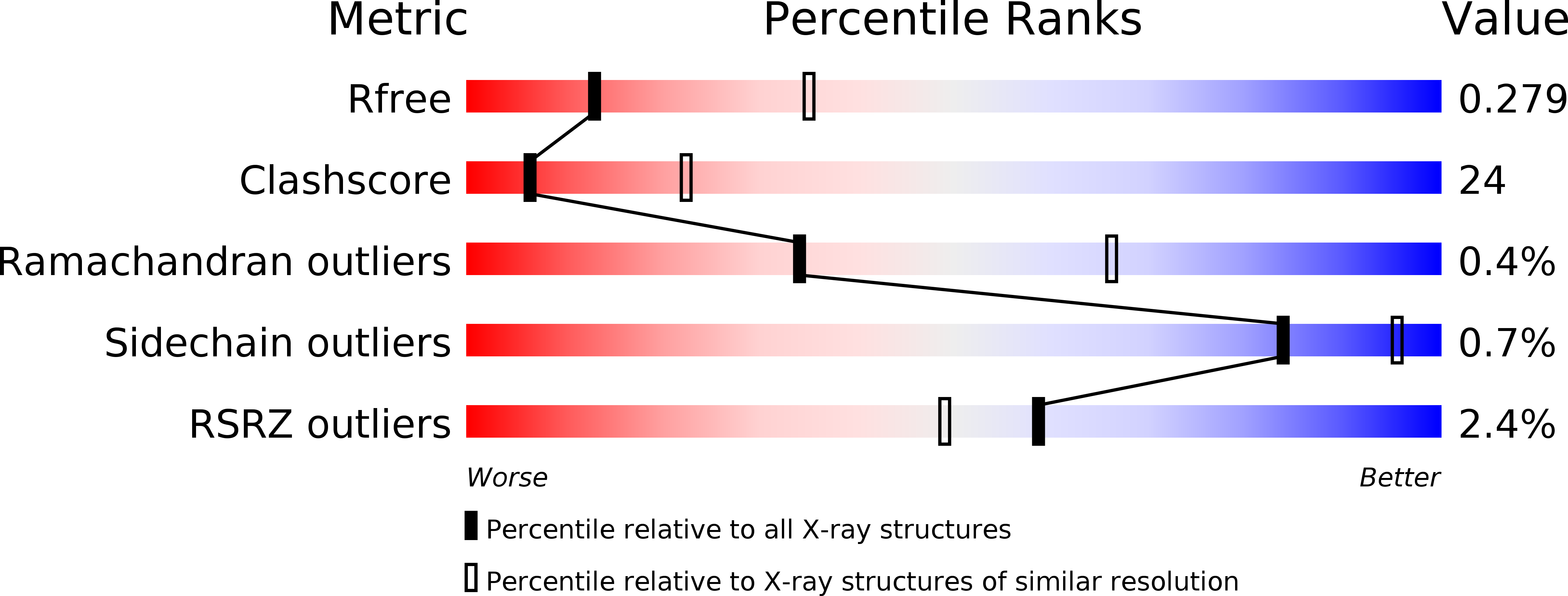
Deposition Date
2016-04-19
Release Date
2016-07-06
Last Version Date
2024-10-23
Method Details:
Experimental Method:
Resolution:
2.80 Å
R-Value Free:
0.27
R-Value Work:
0.22
R-Value Observed:
0.23
Space Group:
P 21 21 21


